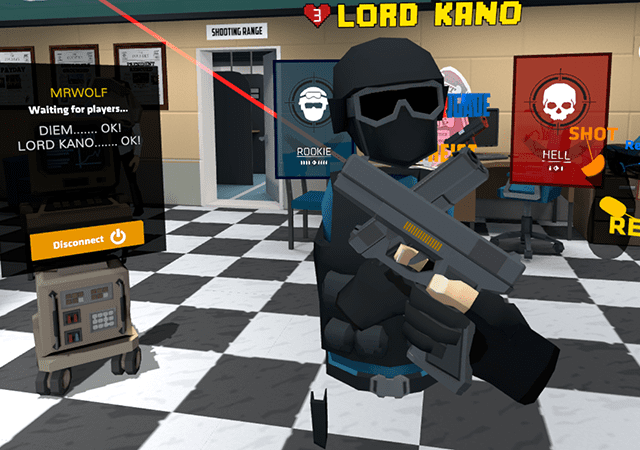It seems that the embargo has been lifted and many of the attendees at GDC 2015 are starting to publish their impressions after trying Valve’s virtual reality demo, using the HTC Re Vive and its Lighthouse positioning system.
At the moment the prototypes of the controllers that have been shown work with cables and the whole setup is quite cumbersome, but it has served for the attendees to check first-hand its operation, and the opinions are unanimous: the technology works perfectly.
More features are already being confirmed about the HMD, such as that the FOV is around 110º at the moment, and that the resolution is not 2400×1080 but 2160×1200, so the orientation of the screens changes with respect to what had been previously commented. As for the controllers, it uses a haptically responsive touch surface like that of the new Steam Controller. In the image we can see that they incorporate a plate with sensors so that together with Lighthouse their position and spatial orientation can be determined with submillimeter accuracy. The lighthouse “lighthouses” are located on the walls of the room and, when we approach the limits, the system will alert us visually and / or audibly, for example by drawing a grid that corresponds to the walls in one of the current demos.
The opinions of those who have tried it are extremely enthusiastic. Cnet claims that the experience is the best they have tested to date by far, well above the Crescent Bay prototype they tested in January at CES. They are convinced that Valve has taken a giant step towards solving the problem of input in virtual reality, assuming an improvement over the controls used in Project Morpheus. The experience that Cnet has tested at the MWC in Barcelona lasted about 30 minutes and consisted of 3 demos. The Blu places us on the deck of a sunken ship at the bottom of the ocean, with rays of light penetrating from above, with schools of fish and a gigantic whale. The next demo was Tiltbrush, the most amazing on a technical level. One of the controls turns into a magic palette and the other into a brush, with which we would choose a tool and paint in 3D in the room around us. The accuracy of the drivers is amazing in this demo. The last one takes place, of course, in an Aperture Science room in the Portal universe, also amazing according to Cnet. And they summarize their experience with one sentence: be careful Oculus.
For Techcrunch, Valve has deciphered the source code of the virtual reality, and they emphasize that the feeling is totally different from the virtual reality demos they have tried before, stating that it becomes something like magic, although it complains of some small framerate problem at specific times. He also recognizes that the system is very bulky in its current prototype state, mainly because of the control cables, something that should not exist in the commercial version.
The comments of Polygon, Engadget (in Spanish) and The Verge are very similar, so to finish we leave you with the video of The Verge where you can see the system in action.









